Tilia Henryana Tree
- March 19, 2024
- 0 comment
Tilia henryana stands out as a unique and culturally significant tree species with ornamental, medicinal, and ecological value. Its graceful appearance, fragrant flowers, and symbolic significance make it a valuable addition to any landscape. By understanding its origins, growing requirements, and conservation status, we can appreciate and contribute to the preservation of this remarkable species.
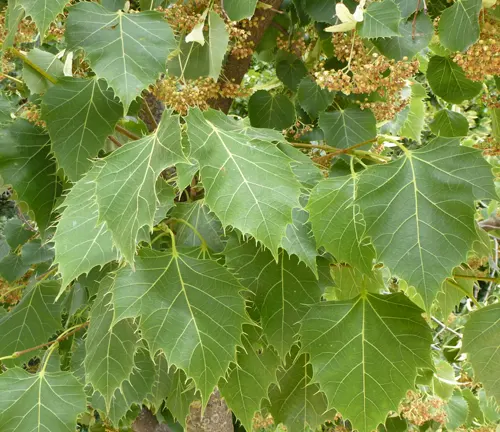

Beyond its practical uses, Tilia henryana holds cultural significance as a symbol of longevity and resilience in Chinese folklore. The tree’s graceful appearance and ability to thrive in diverse conditions have made it a metaphor for endurance and strength.
Tilia henryana thrives in well-drained, loamy soil and prefers a sunny to partially shaded location. While it can tolerate a range of soil pH levels, slightly acidic to neutral soil is ideal for optimal growth. This tree is also moderately drought-tolerant once established but benefits from regular watering during dry spells.
Characteristics of Tilia Henryana Tree
| Characteristic | Description |
|---|---|
| Scientific Name | Tilia henryana |
| Common Names | Henry’s lime, Henry’s linden |
| Family | Tiliaceae |
| Native Region | Central and western China |
| Plant Type | Deciduous tree |
| Size | Can grow up to 20 meters (65 feet) tall |
| Leaves | Heart-shaped, glossy green on the upper surface, paler underneath, serrated edges |
| Flowers | Small, fragrant yellow flowers in summer, attracting pollinators like bees and butterflies |
| Propagation | Can be propagated from seeds or cuttings |
| Drought Tolerance | Moderate drought tolerance once established |
| Cultural Uses | Valued for its medicinal properties in traditional Chinese medicine |
| Ecological Role | Provides habitat and food for various wildlife species |
| Notable Species | Tilia henryana var. sublaxiflora, Tilia henryana var. tomentosa |
| Hardiness Zones | Typically suitable for zones 6-9 |
| Growth Rate | Moderate |
| Lifespan | Can live for several decades under optimal conditions |
Botanical Beauty of “Tilia henryana”

Tilia henryana’s allure transcends its visual appeal to encompass ecological significance and cultural value. Adorned with heart-shaped leaves and fragrant yellow flowers, this tree brings elegance to any landscape, blending beauty with purpose.
Woodland Elegance
The graceful form and glossy foliage of Tilia henryana make it a prized choice for woodland gardens, parks, and arboretums. Whether as a standalone specimen or part of mixed borders, its presence elevates the aesthetic charm of any environment, showcasing its innate elegance.
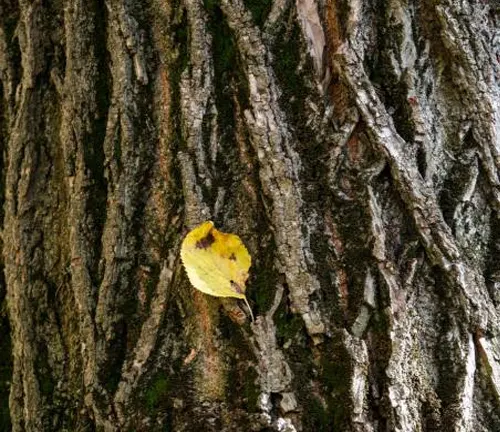

Ecological Importance
Beyond its ornamental charm, Tilia henryana plays a pivotal role in fostering biodiversity. Attracting pollinators with its flowers and providing shelter and sustenance for insects and birds, it also aids in mitigating air pollution in urban settings while offering shade and habitat for wildlife.
Cultivation and Conversation
To ensure the thriving health of Tilia henryana, planting in well-drained loamy soil in a sunny to partially shaded spot is crucial. Regular watering during dry periods supports its growth. Conservation initiatives focus on safeguarding this species from habitat loss and deforestation through cultivation in botanical gardens to preserve genetic diversity and raise awareness for conservation efforts.

Fragrance
The sweet scent of Tilia henryana’s flowers perfumes the air during summer, enhancing its appeal to gardeners and nature enthusiasts alike with its delightful fragrance that adds to its overall charm.

Soil Stabilization
In addition to its aesthetic and ecological benefits, Tilia henryana aids in soil stabilization with its extensive root system, effectively preventing erosion on slopes or vulnerable areas, making it a practical choice for landscaping projects.
Common Uses
In traditional Chinese medicine, various parts of Tilia henryana are utilized to address ailments like coughs, fevers, and digestive concerns. Its durable wood finds applications in furniture-making, carving, and woodworking due to its strength and longevity.

Benefits
From medicinal properties to ecological significance and ornamental value, Tilia henryana offers a diverse array of benefits. Whether seeking a visually appealing garden addition or a tree with cultural importance and ecological contributions, Tilia henryana stands out as a versatile and beneficial choice.
Different Species
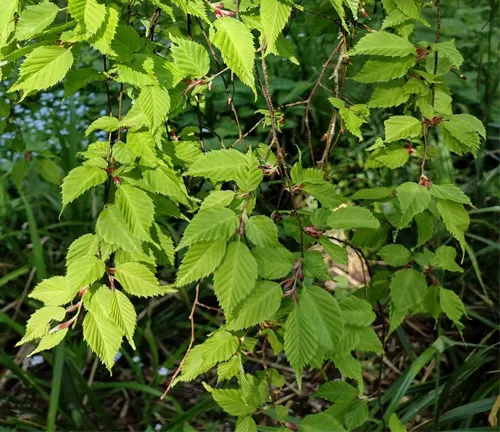
Tilia henryana var. sublaxiflora
Tilia henryana var. sublaxiflora exhibits subtle variations in leaf shape or size compared to the standard Tilia henryana, adding unique characteristics to this variety within the species.
Tilia henryana var. tomentosa
Tilia henryana var. tomentosa is distinguished by a potentially denser hairy or tomentose underside of the leaves, setting it apart from the typical Tilia henryana and providing distinct features within this variant.

Frequently Asked Questions (FAQs)
- Is Tilia henryana difficult to grow?
- While it has specific preferences regarding soil and sunlight, Tilia henryana is relatively easy to grow once established.
- Can Tilia henryana be grown in containers?
- Yes, Tilia henryana can be grown in large containers, provided they have adequate drainage and room for root development.
- Does Tilia henryana attract wildlife?
- Yes, the fragrant flowers of Tilia henryana attract bees and butterflies, making it a valuable addition to pollinator-friendly gardens.
- How tall does Tilia henryana typically grow?
- Tilia henryana can reach heights of up to 20 meters (65 feet) when mature, though its growth rate may vary depending on environmental conditions.
- Is Tilia henryana suitable for urban planting?
- Yes, Tilia henryana is tolerant of urban pollution and compacted soil, making it well-suited for planting in urban environments.
- What type of soil does Tilia henryana prefer?
- Tilia henryana thrives in well-drained, loamy soil with a slightly acidic to neutral pH.
- Does Tilia henryana require pruning?
- While Tilia henryana generally has a tidy growth habit, occasional pruning may be necessary to remove dead or damaged branches and maintain its shape.
- How often should I water Tilia henryana?
- Water newly planted Tilia henryana trees regularly to establish a strong root system. Once established, they are moderately drought-tolerant but benefit from occasional deep watering during dry spells.
- Are there any pests or diseases that affect Tilia henryana?
- Tilia henryana is generally resistant to pests and diseases, but it may be susceptible to aphids, scale insects, and fungal diseases in certain conditions.
- Can Tilia henryana be grown from seeds?
- Yes, Tilia henryana can be propagated from seeds collected from mature trees. However, it may take several years for seed-grown specimens to reach maturity and start flowering.

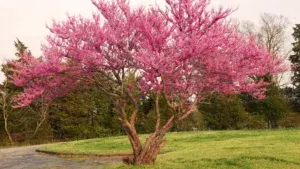

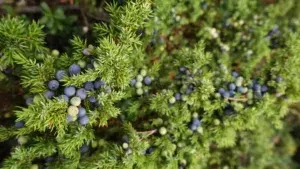

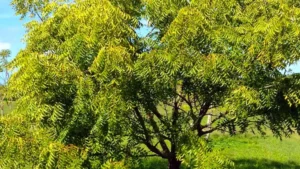

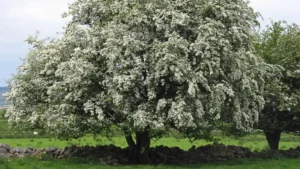





Leave your comment